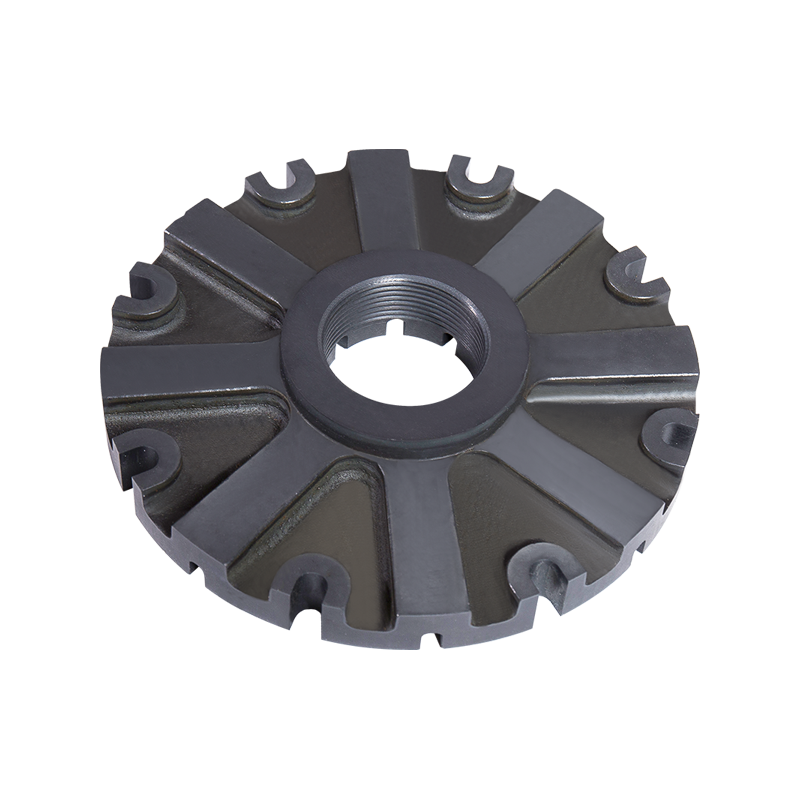Understanding the Manufacturing Process of Silicon Nitride Ceramics
1. Raw Material Preparation
The first step in the manufacturing process of silicon nitride ceramics is the preparation of raw materials. The primary raw materials used in silicon nitride production are silicon powder (Si) and nitrogen. The silicon powder is mixed with a nitrogen source, typically in the form of nitrogen gas, to form the silicon nitride compound (Si₃N₄).
The quality and purity of the raw materials are crucial for ensuring the final product meets the required specifications. For example, the silicon powder must be of high purity to minimize contamination during the reaction process. Additionally, the particle size and distribution of the powder play a significant role in the final properties of the silicon nitride ceramics.
2. Reaction Bonding and Sintering
Once the raw materials are prepared, the next step is the sintering process. There are two primary methods used to sinter silicon nitride ceramics: pressureless sintering and hot pressing.
Pressureless Sintering: This process involves heating the raw materials in a high-temperature furnace in the presence of nitrogen gas. The silicon reacts with the nitrogen at temperatures around 1,600°C to form silicon nitride (Si₃N₄). The sintering process allows the particles to bond and form a dense, durable material. The process is called "pressureless" because no external pressure is applied during the sintering.
Hot Pressing: In hot pressing, both heat and pressure are applied to the raw materials during sintering. This method results in a denser, stronger material compared to pressureless sintering. It is typically used for applications that require very high strength and tight tolerances.

3. Additives and Modifications
To improve the properties of silicon nitride ceramics, various additives may be incorporated into the material during the sintering process. These additives can include rare earth oxides, which help control the grain structure and enhance the material's toughness. Some manufacturers may also use reaction bonding techniques, in which silicon is mixed with other elements to form a dense material without the need for pressure or high temperatures.
4. Post-Sintering Treatments
After sintering, silicon nitride ceramics may undergo post-sintering treatments such as machining, grinding, and polishing to achieve the desired shape and surface finish. These treatments are essential for producing components that meet precise specifications, especially for industries like aerospace and electronics.
In some cases, additional heat treatments may be applied to enhance the material's properties, such as increasing its toughness or improving its wear resistance. The post-sintering treatments are crucial for ensuring that the silicon nitride ceramics perform optimally in their intended applications.
Contact Us for Quotes and Prices!
Just let us know what you want, and we will get in touch with you as soon as possible!

 English
English 简体中文
简体中文












